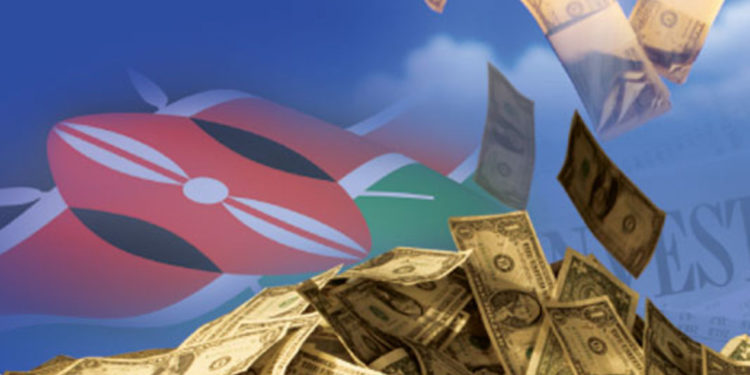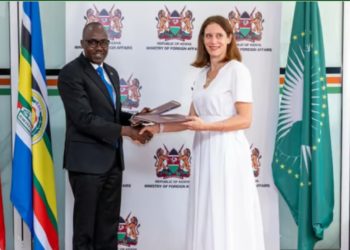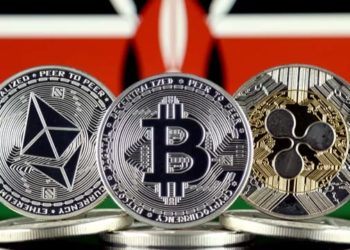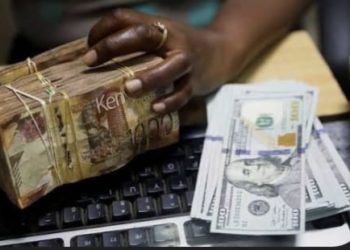In the first quarter of this year, Kenya experienced a decrease in foreign direct investments (FDI), losing USD 67 million (Kes 9.5 billion). This was in contrast to other East African countries, where FDI inflows increased by 35 percent over three years, reaching a total of USD 8.2 billion. The decline in Kenya’s FDI was triggered by factors such as the continued anti-government protests, a weakened shilling, and difficulties in accessing the dollar. As a result, the country received USD 660 million (Kes 93.8 billion) in foreign capital injections during the period, compared to USD 727 million (Kes 103.3 billion) in the same period in 2022.
Read more: Kenya Lags Behind Among Her Peers in the Foreign Direct Investment (FDI) Race
The Central Bank of Kenya (CBK) reported net capital account inflows of USD 110 million and net financial account inflows of USD 660 million in the first quarter of 2023, reflecting a decrease in portfolio investment inflows. Kenya’s FDI has been on a downward trend since 2019, according to UNCTAD’s Investment Report 2022. The country received USD 1.1 billion (Kes 156 billion) in FDI in 2019, which declined to USD 717 million (Kes 102 billion) in 2020, and further dropped to USD 448 million (Kes 63.7 billion) in 2021. Greenfield investments also saw a significant reduction of almost 60 percent over the same three-year period, going from 95 projects in 2019 to only 39 in 2022. A greenfield investment is where a company sets up new operations in a foreign country, creating a subsidiary company with its own independent facilities.
Read more: The State Of Kenya’s Foreign Direct Investments
Fitch’s recent downgrade of Kenya’s credit rating to negative which was attributed to deteriorating macro-economic conditions, external-financing constraints, dwindling gross international reserves, and a rapidly depreciating shilling, has further added to the challenges faced by the country. Despite these difficulties, the government is working through the Kenya Development Corporation to attract key investment partners and provide funding to crucial economic sectors, aiming to boost growth and create more job opportunities. The focus is on establishing credit lines to support lending in the manufacturing, agribusiness, and health sectors and promote collaboration and synergy in pursuit of Kenya’s development objectives.
Email your news TIPS to editor@thesharpdaily.com


















